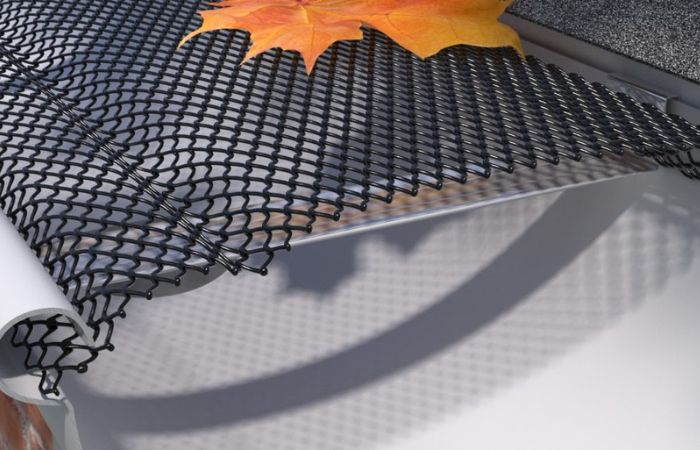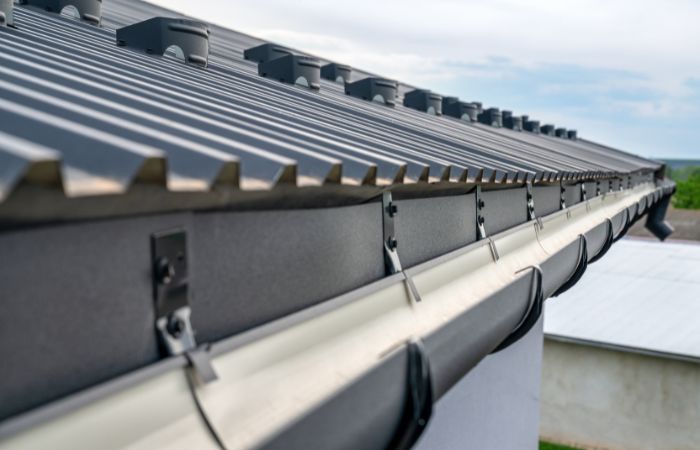Investing in leaf guards is a smart move for any homeowner looking to protect their property from the perennial problem of clogged gutters. These systems promise to reduce maintenance, prevent water damage, and extend the life of your gutters. However, even the most advanced leaf guard technology can fall short if not installed correctly. An improper installation can render the guards ineffective, lead to new problems like water overflow, or even damage your roof and gutters.
Whether you’re planning a DIY installation or hiring a professional, knowing the common pitfalls can help you ensure your leaf guard system performs optimally. Let’s explore some frequent installation mistakes and how to steer clear of them.
Why Proper Installation is Non-Negotiable
The effectiveness of any gutter protection system hinges entirely on its installation. A guard that is improperly pitched, loosely secured, or mismatched to your gutter type won’t just fail to perform; it can exacerbate existing problems. You might still experience overflows, debris accumulation, or worse, create pathways for water to seep into your fascia or behind your shingles, leading to far more expensive repairs down the line.
Common Leaf Guard Installation Mistakes and How to Avoid Them
Mistake 1: Not Cleaning Gutters Thoroughly First
This is perhaps the most fundamental and often overlooked step. Installing leaf guards over gutters that are already full of leaves, twigs, mud, or shingle grit is like putting a lid on a dirty pot. The existing debris will continue to rot, potentially block any water that manages to get through the guard, and can even compromise the guard’s seating.
- How to Avoid: Before you even think about attaching the first section of a guard, ensure your gutters and downspouts are impeccably clean. Remove all debris, flush them with water, and ensure they drain freely.
Mistake 2: Incorrect Sizing or Type for Gutter/Roof Profile
Not all leaf guards fit all gutters or are suitable for every roof type. Using a guard that’s too narrow, too wide, or incompatible with your specific gutter profile (e.g., K-style vs. half-round) will lead to gaps or improper seating, allowing debris to sneak in. Similarly, certain guard types perform better with steep roof pitches or specific types of debris (e.g., micro-mesh for pine needles, reverse-curve for large leaves).
- How to Avoid: Accurately measure your gutters (width and depth). Research and select a leaf guard type that is specifically designed to fit your gutter profile and is well-suited to the types of debris you experience most, as well as your roof pitch. Consult manufacturer specifications or a knowledgeable professional.
Mistake 3: Improper Pitch or Angle
Many leaf guard systems, particularly those that rely on surface tension or flat mesh designs, require a specific pitch or angle to function correctly. If installed too flat, debris can pile up and won’t shed effectively. If angled incorrectly, water can overshoot the gutter during heavy rainfall.
- How to Avoid: Always follow the manufacturer’s instructions regarding the guard’s pitch. For systems that slide under shingles, ensure there’s enough room for proper angling without compromising the shingle integrity. The goal is for debris to shed off while water flows smoothly into the gutter.
Mistake 4: Damaging Shingles or Voiding Roof Warranties
Some leaf guard systems are designed to slide under the first course of shingles. If done improperly, shingles can be lifted excessively, bent, or even cracked, potentially compromising your roof’s integrity and voiding your roofing warranty.
- How to Avoid: Exercise extreme caution. Only lift shingles minimally, just enough to slide the guard underneath. Avoid bending or creasing shingles. Check your roof warranty beforehand; if it explicitly prohibits lifting shingles, opt for a gutter guard system that attaches directly to the gutter or fascia instead.
Mistake 5: Not Securing Guards Properly
Loose leaf guards are ineffective and can become dislodged by wind, heavy rain, or even ice. This not only defeats their purpose but can also cause damage if they fall.
- How to Avoid: Use all recommended fasteners (screws, clips, rivets) as per the manufacturer’s instructions. Ensure each section is firmly attached to the gutter, fascia, or roof edge, creating a secure, continuous barrier. Don’t skip fasteners to save time or materials.
Mistake 6: Forgetting Downspout Outlets
While leaf guards protect the main gutter run, debris can sometimes accumulate at the entrance to the downspout, especially if small particles manage to pass through or if the downspout itself has a bend that catches debris.
- How to Avoid: Ensure downspout openings within the gutter are clear. Some leaf guard systems include downspout screens or specially designed funnels to prevent this. Regularly check downspout flow, even with guards installed.
Mistake 7: Prioritizing Cheapest Over Right Option
It’s tempting to go for the lowest-priced leaf guards. However, a cheap, poorly designed guard that’s difficult to install or ineffective against your specific debris will cost you more in frustration, potential repairs, and ultimately, replacement.
- How to Avoid: Do your research. Understand the different types of leaf guards (mesh, micro-mesh, reverse curve, etc.) and their suitability for your home, climate, and common debris types. Invest in a quality system that addresses your specific needs, even if it means a higher upfront cost.
Mistake 8: Neglecting Safety Protocols
Working on ladders at heights is inherently dangerous. Many DIY installation attempts lead to accidents due to unstable ladders, improper footwear, or rushing the job.
- How to Avoid: Always use a sturdy, properly rated ladder on stable, level ground. Wear non-slip shoes, gloves, and safety glasses. If heights make you uncomfortable, or if your roof is steep, it is always safer and more efficient to hire experienced professionals.
When to Call a Professional
If you’re unsure about any aspect of the installation process, or if your home has multi-story gutters, a steep roof, or complex rooflines, professional installation is often the best choice. Trained installers have the expertise, equipment, and safety knowledge to ensure the job is done right the first time, maximizing the benefits of your leaf guard system and protecting your investment.




